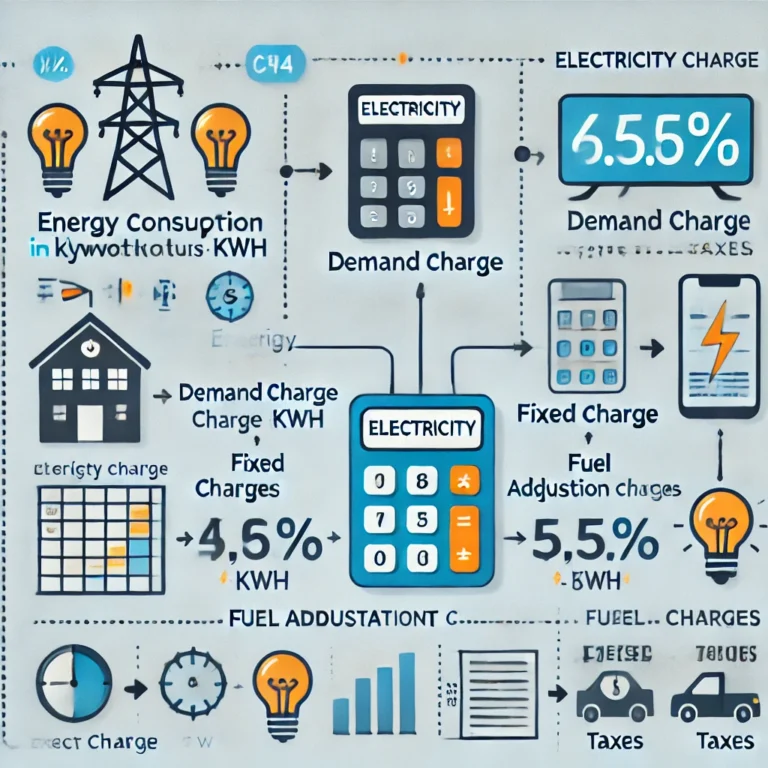In the world of finance, solvency ratios are critical indicators used by analysts, investors, and lenders to assess a company’s financial health. Specifically, the solvency ratio helps determine whether a company can meet its long-term debt obligations. In this comprehensive guide, we’ll explore what the solvency ratio is, how it’s calculated, its importance, and how businesses and individuals can leverage it for informed financial decisions.
Table of Contents
- What is Solvency Ratio?
- Importance of Solvency Ratios
- How to Calculate Solvency Ratio
- Types of Solvency Ratios
- Debt to Equity Ratio
- Interest Coverage Ratio
- Equity Ratio
- Solvency vs Liquidity
- Ideal Solvency Ratio for Businesses
- FAQs

What is Solvency Ratio?
The solvency ratio is a key financial metric that assesses a company’s ability to meet its long-term debt obligations. Unlike liquidity ratios, which focus on short-term liabilities, solvency ratios help investors and lenders evaluate whether a business can stay afloat in the long term. It measures a company’s ability to continue operating by comparing its total assets against its total liabilities.
In simple terms, a high solvency ratio indicates financial stability, while a low solvency ratio could signal potential solvency risks.
Importance of Solvency Ratios
Solvency ratios play a crucial role in evaluating a company’s financial strength and stability. Here’s why they are essential:
- Assessing Financial Health: Solvency ratios provide insight into how well a company can cover its long-term debt.
- Risk Management: By monitoring solvency ratios, companies and investors can take preventive measures if financial risk appears imminent.
- Decision-Making Tool: Investors and lenders use solvency ratios to decide whether to invest in or lend money to a company.
- Compliance: Businesses need to maintain a healthy solvency ratio to meet regulatory requirements, especially in industries like banking and insurance.
How to Calculate Solvency Ratio
The formula for calculating solvency ratio is straightforward:Solvency Ratio=Net Income + DepreciationTotal Liabilities\text{Solvency Ratio} = \frac{\text{Net Income + Depreciation}}{\text{Total Liabilities}}Solvency Ratio=Total LiabilitiesNet Income + Depreciation
Where:
- Net Income: The company’s total revenue minus expenses, taxes, and costs.
- Depreciation: A reduction in the value of an asset over time.
- Total Liabilities: All the debts and obligations a company has.
A higher solvency ratio implies that the company is financially stable and can meet its obligations, whereas a lower ratio may indicate potential financial distress.
Types of Solvency Ratios
There are different types of solvency ratios that offer specific insights into a company’s financial standing. Here are the most commonly used solvency ratios:
1. Debt to Equity Ratio
This ratio compares a company’s total liabilities to its shareholders’ equity. It’s calculated as:Debt to Equity Ratio=Total LiabilitiesShareholder’s Equity\text{Debt to Equity Ratio} = \frac{\text{Total Liabilities}}{\text{Shareholder’s Equity}}Debt to Equity Ratio=Shareholder’s EquityTotal Liabilities
A high debt-to-equity ratio indicates that a company is heavily financed by debt, which could be risky during economic downturns.
2. Interest Coverage Ratio
This ratio measures a company’s ability to meet interest payments on its debt. It’s calculated using the formula:Interest Coverage Ratio=EBITInterest Expenses\text{Interest Coverage Ratio} = \frac{\text{EBIT}}{\text{Interest Expenses}}Interest Coverage Ratio=Interest ExpensesEBIT
Where EBIT stands for Earnings Before Interest and Taxes. A higher interest coverage ratio suggests that a company can comfortably cover its interest obligations.
3. Equity Ratio
The equity ratio measures the proportion of assets financed by the owner’s equity. It’s calculated as:Equity Ratio=Total EquityTotal Assets\text{Equity Ratio} = \frac{\text{Total Equity}}{\text{Total Assets}}Equity Ratio=Total AssetsTotal Equity
A higher equity ratio indicates that a company relies less on debt and is therefore financially secure.
Solvency vs Liquidity
Many people confuse solvency with liquidity, but they are distinct financial concepts. Liquidity ratios measure a company’s ability to meet short-term obligations, while solvency ratios evaluate long-term financial stability.
For example:
- Liquidity focuses on assets like cash or receivables that can be converted into cash quickly.
- Solvency is concerned with whether a company can meet its debt obligations years down the line.
Ideal Solvency Ratio for Businesses
There is no one-size-fits-all solvency ratio, as it depends on the industry and business model. However, a general rule of thumb is:
- A solvency ratio above 20% is considered financially healthy.
- Ratios below 20% might indicate that a company is at risk of financial instability or even bankruptcy.
Financial analysts also consider other factors such as market conditions, interest rates, and the company’s revenue projections before making final conclusions.
FAQs
1. What is a good solvency ratio?
A good solvency ratio typically falls between 20% and 50%, but this varies by industry. A higher ratio indicates better financial health.
2. How do solvency ratios differ across industries?
Capital-intensive industries like real estate and manufacturing often have lower solvency ratios due to higher debt levels. Service-based industries, on the other hand, typically have higher solvency ratios.
3. Why do lenders care about solvency ratios?
Lenders use solvency ratios to assess the risk of lending to a company. A low solvency ratio may make it harder for a business to secure loans or attract investment.
4. Can a business have a high solvency ratio but low liquidity?
Yes, it’s possible for a business to be solvent (able to meet long-term obligations) but have poor liquidity (unable to meet short-term obligations). In such cases, the company may struggle to pay its immediate bills despite being financially sound in the long run.
Conclusion
Understanding and monitoring the solvency ratio is essential for business owners, investors, and lenders alike. It provides critical insights into a company’s long-term financial health and helps in making informed financial decisions. By maintaining a healthy solvency ratio, businesses can ensure that they are well-positioned to meet their debt obligations and grow sustainably.
For more detailed financial insights, keep exploring our blogs at Smart Tax Saver!




